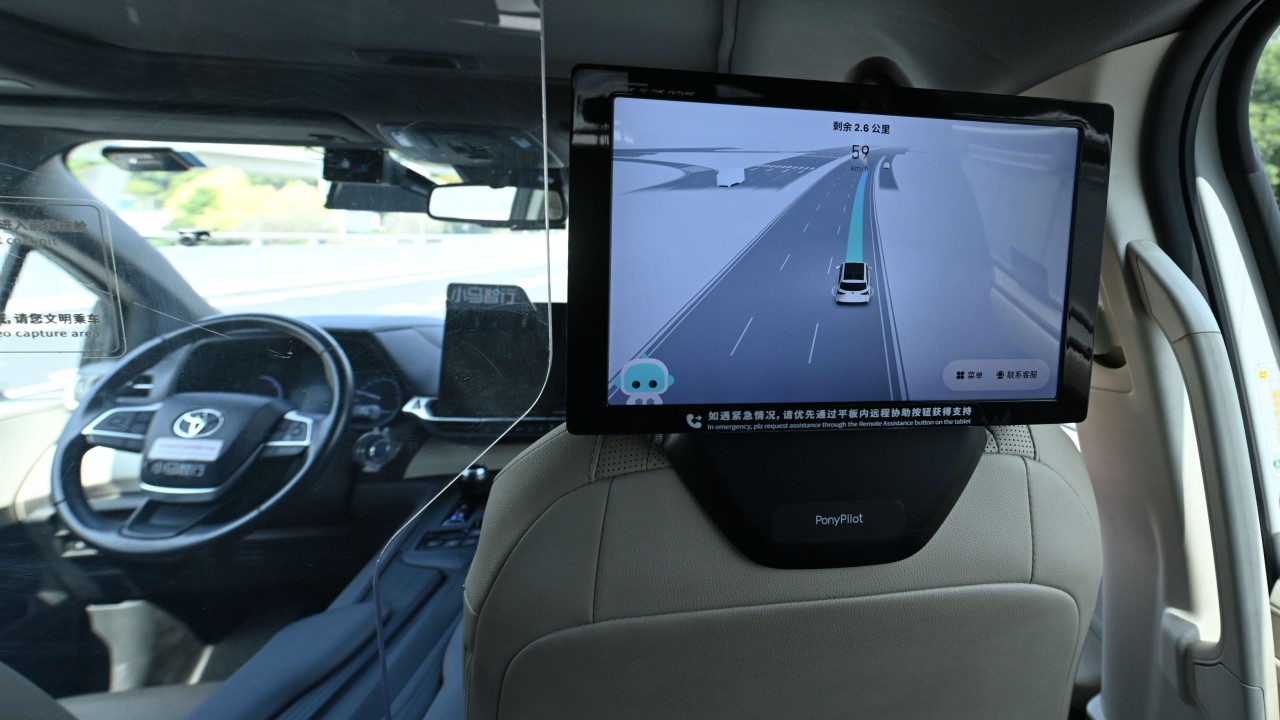From the
stock market to
government applications, DeepSeek has made an impact in China. With China’s economy beset by external challenges and domestic woes, DeepSeek offers hope of a turning point. But long before its emergence, artificial intelligence (AI) had been staring at us in the face.
How have
TikTok and its domestic sibling Douyin risen to global prominence without their
recommendation algorithm? Just as with Amazon, the success of
Shein and Temu,
Taobao and
JD.com, is not built on sourcing and logistics alone. From books to fashion, we are “guided” towards what to consume next based on our purchasing patterns and browsing behaviour.
Long before we could direct DeepSeek to compose impressive poems, AI has been shaping our consumption of merchandise and media – in ways that are more insidious. For decades, Amazon and Google have been pioneers in adopting AI.
DeepSeek can compose soaring poetic lines but cannot give watertight legal advice guaranteed to be accurate. Such limitations are inherent in the statistical methods of the neural architecture of
large language models (LLMs). LLMs will make things up for matters they do not fully know, generating misleading results – known as
hallucinations. This phenomenon is partly overcome by reasoning models like
DeepSeek’s R1 and Open AI’s o1 and o3, but not to an extent which is foolproof.
LLMs such as DeepSeek can be a powerful personal tool as long as they are not relied upon for critical decisions. For enterprises and government, LLMs excel in process automation, workflow optimisation and data analytics. As the open-source DeepSeek may be hosted in dedicated government digital infrastructure, confidential information can be processed in a secure environment.
For public-facing government applications, when the inquiry results should be authoritative, automated responses from LLMs
can be problematic. Even if they generate perfectly good answers 99 per cent of the time, misleading answers in the other 1 per cent may lead to dire consequences.











